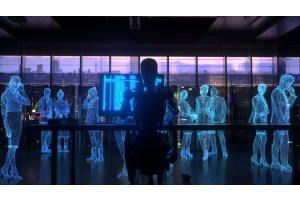Windows 11: Release date, requirements and everything you need to know!
![]()
The world's most powerful new operating system is coming soon. Microsoft's next-generation desktop operating system, Windows 11, is now available as a beta version and will be released in summer 2021. But even before the release, Windows Insiders are testing all the new features and seeing how the platform matures.
Here you will find everything you need to know about Windows 11 now.
Release date of Windows 11: probably 20 October.
At the first press conference, Microsoft said that Windows 11 would be released in the "2021 holiday season", which could theoretically mean any time in the summer. At the same time, however, the company strongly hinted that the operating system would be released on 20 October, showing this specific date in several sample screenshots of the operating system and other press materials.
Intel also referred to Windows 11 as the "October 2021 (21H2) update" in some recently released driver notes, suggesting the chip giant expects the update this month as well.
However, it seems that the initial release date is only for pre-installed systems and not for users who already have Windows 10 and want to upgrade. An email from the official Windows account said that these users would not receive the free upgrade until 2022.
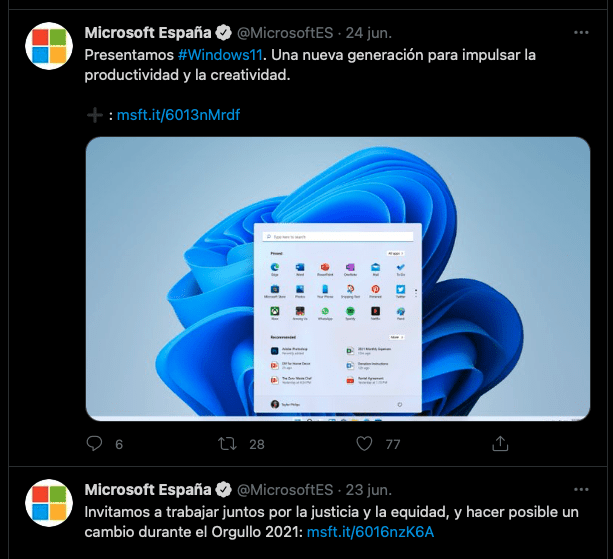
Insiders can now preview Windows 11
If you are registered as a Windows Insider, you should be able to upgrade an existing copy of Windows 10. Anyone who is in the Dev or Beta channel is eligible to receive Windows 11 Insider builds, even if your hardware does not meet all system requirements.
To sign up for Windows Insider or change your channel, go to Settings->Upgrade and Security->Windows Insider Program. If you upgrade, you can revert from Windows 11 to Windows 10 within 10 days.
If you want, you can also get an ISO file of Windows 11 and perform a new installation without a product key or a membership in the Insider Programme. You don't even need a replacement PC because you can install Windows 11 in a virtual machine.
Free update
Like Windows 10 before it, Windows 11 will be a free upgrade for anyone with a current previous version of Windows 10 and the right hardware. The company lists certain minimum requirements (see below) and it is unclear whether the new operating system can be installed if your computer does not meet all the requirements.
The requirements of Windows 11 might be too demanding
According to the Microsoft blog, the minimum system requirements are as follows:

• CPU: 1 GHz or faster with 2 or more cores on a 64-bit processor.
• 4 GB RAM
• 64 GB memory
• UEFI BIOS with secure boot
• TPM 2.0
• 9-inch screen or larger with 720p resolution
• Internet connection and an MS account. No offline installations.
• GPU with DirectX 12 support
These exceed the system requirements of Windows 10 in several respects. Microsoft cites a 1 GHz CPU (but not dual-core or 64-bit), only 1 or 2 GB of RAM, between 16 and 20 GB of storage space and a graphics processor that can run DirectX 9 with a minimum resolution of 800 x 600.
The requirement of TPM 2.0 might deter many users, especially those with normal PCs. Not all motherboards have a TPM module on board, although some can be upgraded with a TPM module that can be purchased later. Many systems have TPM on board, but it is disabled so you have to enable it in your BIOS.
It also turns out that Microsoft plans to release versions of Windows 11 without TPM for countries that do not support or have banned TPM, including Russia and China. The fact that Microsoft is able to do this raises the question of whether TPM 2.0 needs to be a mandatory requirement for everyone.
But wait, it gets more complicated than that, because although Microsoft's spec list mentions a minimum 1GHz, 64-bit, 2-core CPU, the company also has a list of compatible CPUs and 7th generation Intel or 1st generation AMD Ryzen or lower processors are not included (more on that below).
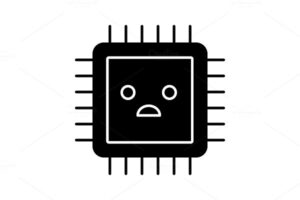
Microsoft has also published an even more detailed list of Windows 11 requirements (PDF download), which lists some hardware requirements for OEMs building Windows 11 PCs.
Most of these are obvious, such as a power switch that actually turns on the computer when you press it. What is interesting, however, is that from 2023 all new computers that are not desktop computers will have to have a front camera with a minimum resolution of 720p.
In addition, all Windows 11 PCs that use touchpads must be equipped with Windows Precision Touchpads, and all non-desktop PCs must have Bluetooth LE connectivity.
All computers, including desktops, require some form of network connection, although Wi-Fi is not required.
Even the latest CPUs might have problems with Windows 11.
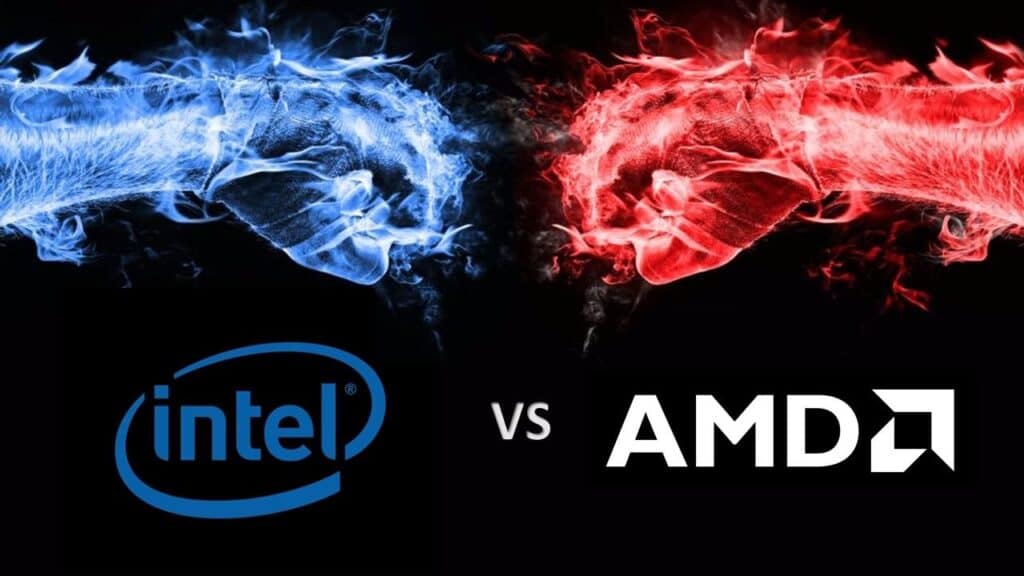
Microsoft has also indicated that even computers with TPM 2.0 and Secure Boot older than an Intel 8th Gen Core or AMD Ryzen 2000 Series CPU will not be compatible with the final release (for pre-release versions, older hardware should work). Microsoft has published compatibility lists for AMD and Intel CPUs that omit anything older than these generations.
Both Intel's 7th generation and AMD's Ryzen 1000 series were released in 2017 and are still actively manufactured and sold. Microsoft's Surface Studio 2, for example, has a 7th-gen core chip and costs over 3,000 euros.
A Microsoft spokesperson was asked about the lists and did not give a clear answer. Meanwhile, Microsoft VP Steve Dispensa wrote on Twitter that "Windows 11 only supports the CPU list I posted above. " There are more requirements than just supporting TPM 2.0 (and all supported chipsets should have TPM 2.0, so it's generally not a lock-in requirement).
However, Dispensa also tweeted that the lists will evolve over time. Otherwise, a large proportion of users will not be able to use the new operating system.
Microsoft has announced that it plans to test 7th generation Intel processors and AMD Ryzen 1 chips to see if they can run Windows 11 well; if so, they will be added to the compatibility list. It is not yet known whether the company plans to test other, older chips.
New start menu
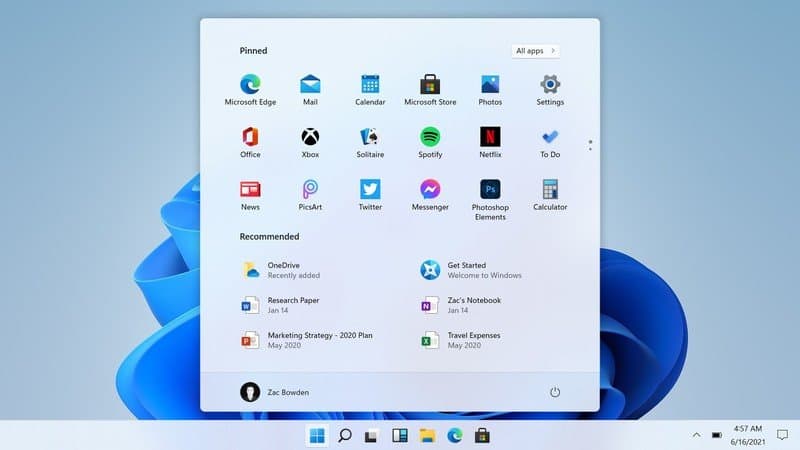
The new Windows start menu is displayed in the middle of the screen by default, but can also be set to appear on the left. The live tiles have disappeared and been replaced by simple, colourful icons.
According to Microsoft, the menu "uses the cloud" to help you by showing recommended apps/documents, regardless of the device you were previously working on. Carmen Zlateff, User Experience Manager at Microsoft Partner, showed as an example how a document she was looking at on her phone appeared in the Start menu of her PC.
Windows 11 also offers a new search function, which is now displayed in a separate window (no more text search bar). It is also supposed to search across all devices and services, in addition to the Bing search for the web.
If you want to find out more about all the news, click here.
Our conclusion?
Microsoft's new operating system will be available soon, apparently on 20 October, although you won't be able to get the free upgrade until summer 2022. This is the ideal time to activate your version of Windows 10 at a much cheaper price than if you buy the Windows 11 version directly in the future (we don't know the price of Windows 11 yet).
If you do, you can be sure of getting a free upgrade and all the extra features that an activated version of Windows 10 gives you, as explained in this blog. As for the power you need from your PC, given the way things are going, your computer will probably be powerful enough to install Windows 11.
Unfortunately, you cannot download Windows 11 yet.
What are you waiting for, update your operating system now!
If you have any questions, please write us a comment or give us a call.
Greetings,
Your Licendi Team
